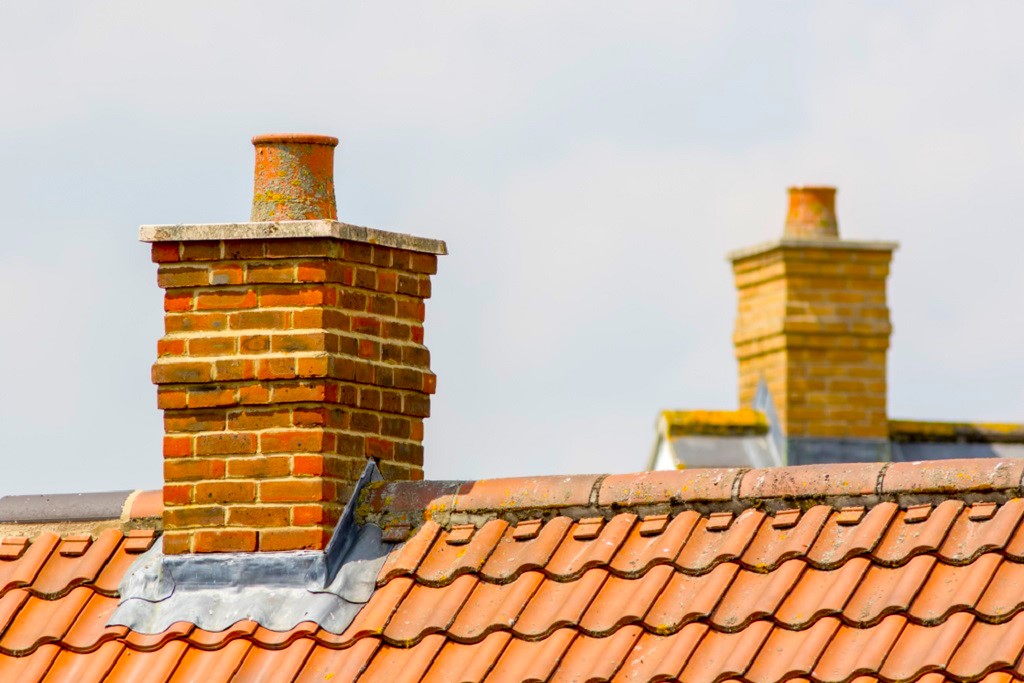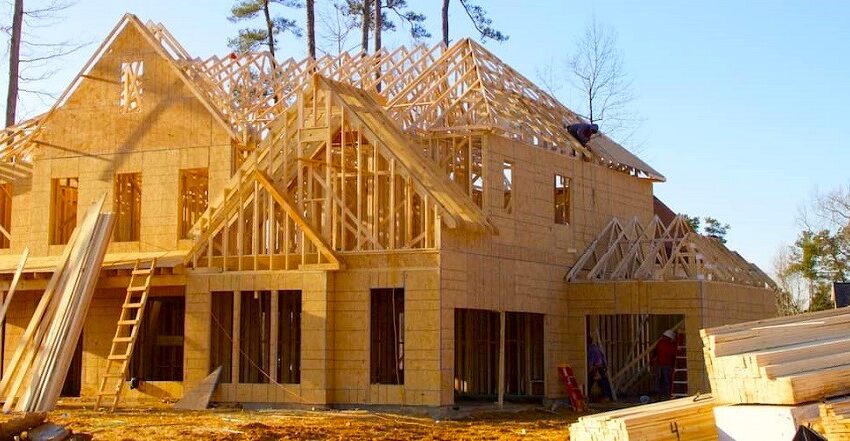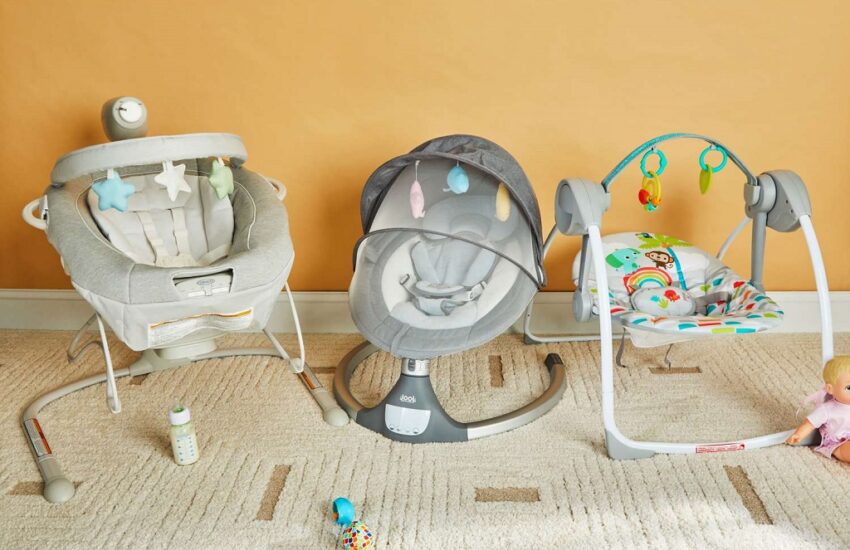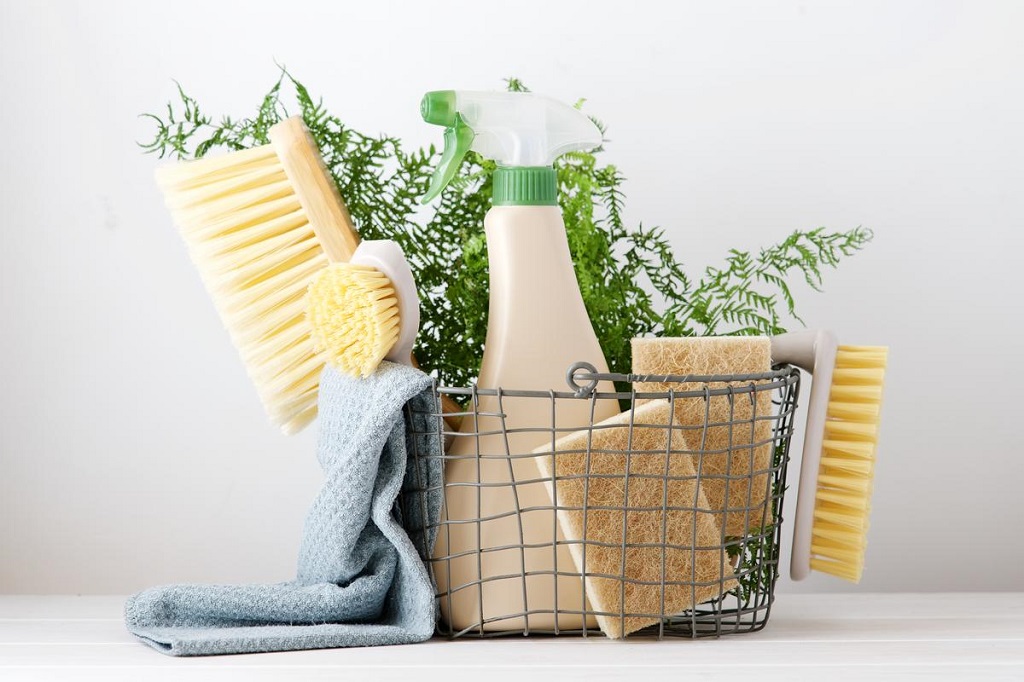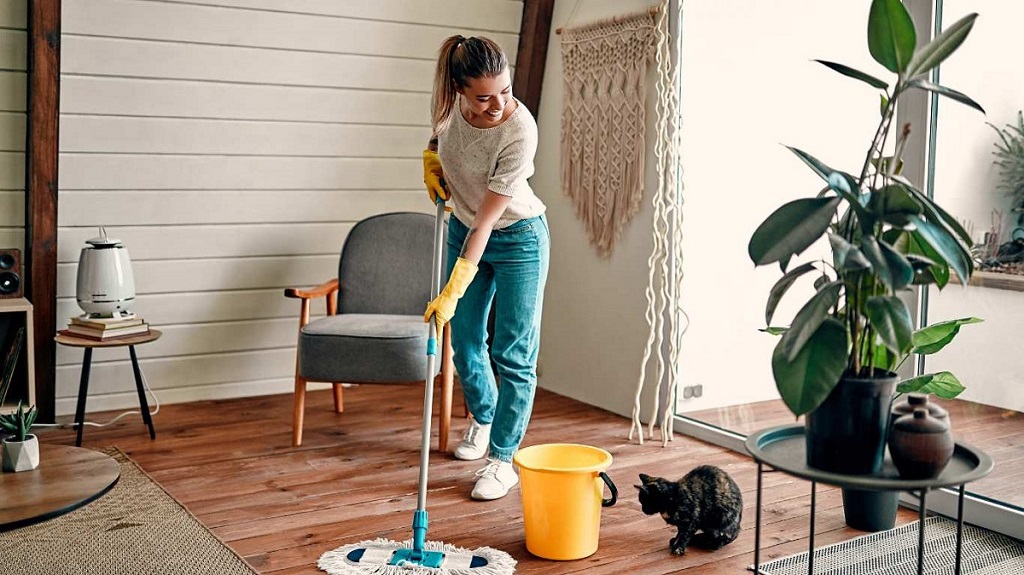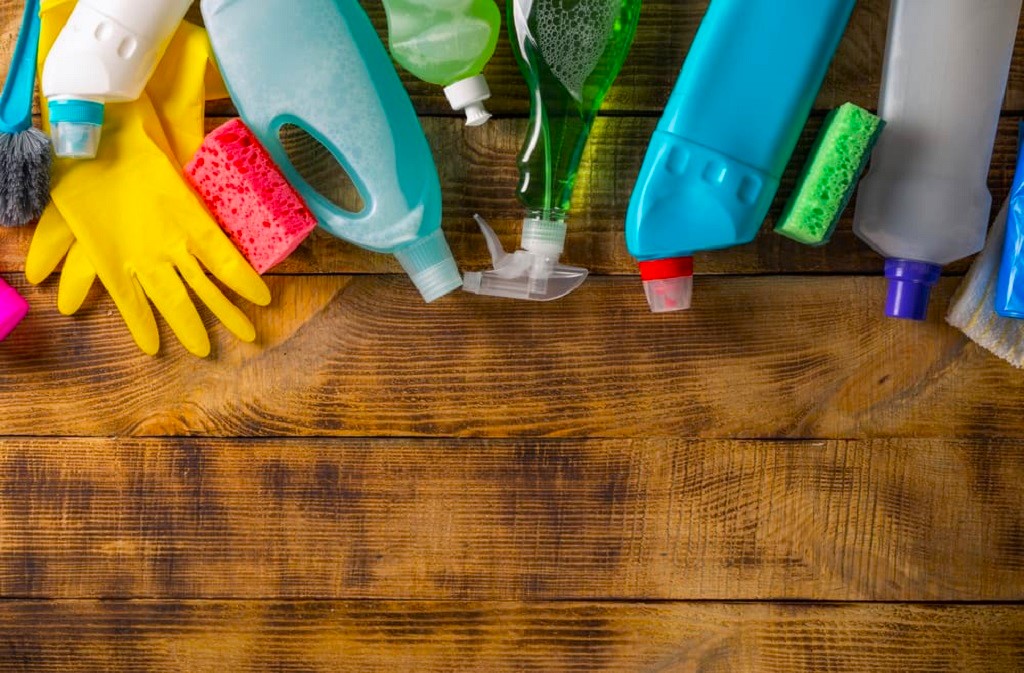Key Takeaways:
- Identify the significance of routine chimney inspections and cleanings to prevent fire hazards and maintain efficiency.
- Explore the various maintenance tasks that can prolong the lifespan of your chimney and enhance its functionality.
- Understand the critical role of chimney accessories such as liners and caps in protecting against common issues.
- Discover the potential cost implications of neglecting chimney care and how to mitigate these through proactive measures.
Understanding Chimney Basics and Importance
The architectural details of a chimney may seem simple, but its construction and design are critical to a fireplace’s safe and practical function. The primary role of a chimney is to safely vent smoke and gases from the fireplace to the outside atmosphere, keeping indoor air quality clean and preventing the build-up of carbon monoxide. However, there’s a typical oversight regarding chimney care — many believe that the chimney is in good condition if there is no visible soot or obstruction. It is a problematic assumption, as the most dangerous chimney issues often go unnoticed until it’s too late, like a small crack that can jeopardize the structural integrity or a slight creosote build-up that could ignite and cause a fire.
Annual Chimney Inspection: A Critical Step for Homeowners
An expert chimney sweep capable of doing a complete inspection and cleaning of the chimney should do so once a year to prevent such dangerous problems. Fireplace maintenance Wallkill NY, can uncover hidden problems, such as leaks or build-ups that could lead to chimney fires or carbon monoxide intrusion. Seasoned professionals utilize an array of tools to inspect the different components of your chimney, from the flue liner to the crown and cap, ensuring every part is in working order and complies with safety standards. Homeowners should be vigilant and report any irregularities they may notice, such as unusual drafts, water damage, or a change in fireplace performance, between the scheduled inspections. This keen attention can lead to early detection of issues critical to maintaining a safe and functional chimney. In educating homeowners about the potential hazards, resources provide valuable information on chimney safety and maintenance.
The Role of Chimney Sweeping in Preventing Fires
Creosote is a dark, flammable byproduct of wood combustion. It clings to the chimney flue and can accumulate over time, significantly increasing the risk of a chimney fire. That is why an annual chimney sweep is not just a recommendation but a necessity. A thorough sweep will remove creosote deposits and other debris, such as leaves and animal nests, which can create potentially dangerous blockages. Professionals recognized by institutions are equipped to handle such cleanings effectively.
Repair and Maintenance: Protecting Your Chimney from Weather Damage
Your chimney stands tall against the onslaught of diverse weather conditions, from torrential rains to freeze-thaw cycles, which can take a toll on its structure. Water is one of the primary enemies of chimney sturdiness, and without proper protection, it can seep into the bricks and mortar, leading to cracks, mold, and deterioration. Maintaining the chimney crown, applying waterproofing agents, and repairing any masonry flaws that could let moisture seep through is crucial. Flashing – the metal strips at the base of the chimney where it meets the roof – should also be inspected and repaired or replaced, if necessary, to maintain a watertight seal. Preventative maintenance saves homeowners from the much higher costs and potential dangers of extensive water damage.
Addressing Common Chimney Problems
Issues such as blockages, cracks, and wear are not uncommon for chimneys, but they should never be disregarded. Birds, squirrels, and other animals may view your chimney as a cozy nesting place, and their presence can block the flow of smoke and gases. It can lead to inefficient fireplace operation and an increased risk of carbon monoxide build-up. Homeowners are encouraged to install a chimney cap, which prevents animal intrusion and helps keep out rain and debris. Drafting issues, which can cause smoke to spill back into the room instead of rising through the chimney, can be signs of blockages or structural problems and must be resolved swiftly to maintain good indoor air quality and prevent soot damage.
The Benefits of Chimney Liners for Efficiency and Protection
Chimney liners serve as a protective barrier within the chimney, shielding the masonry from corrosive byproducts of combustion and helping maintain optimal drafting. If damaged, they can compromise the efficiency with which smoke and gases are vented and can even pose various safety risks, including the potential for a house fire or carbon monoxide leakage. Different liners—clay tiles, metal, and cast-in-place—offer varied benefits and lifespans. Regular liner inspections are essential; it’s wise to consider a replacement at the first sign of degradation. An intact liner contributes significantly to a chimney’s overall safety and efficiency.
Do You Need a Chimney Cap? Insights on Installation and Benefits
A chimney cap is one of the most cost-effective chimney accessories a homeowner can invest in. Yet, it’s often overlooked. A chimney cap covers the top opening, preventing rainwater, animals, and debris from entering while allowing smoke and gases to vent. Additionally, caps can protect against downdrafts, which, in certain weather conditions, can blow smoke back into the house and cause wear on the chimney interior due to moisture intrusion. Installation can be relatively straightforward but should ideally be done by professionals to ensure proper fitting and maximum functionality.
Smart Chimney Practices: Save Energy and Maintain Air Quality
A well-maintained chimney averts potential dangers and improves your home’s air quality and energy efficiency. Clean chimneys enable better airflow, so your fire will burn more efficiently, reducing smoke and soot emissions. Proper fireplace practices can minimize creosote accumulation. Choosing eco-friendly burning options, like certified wood stoves or pellet stoves, can also reduce particulate emissions, making your fires cleaner for the environment and safer for your home.
The Cost of Neglect: How Ignoring Chimney Maintenance Can Lead to Expensive Repairs
Neglecting chimney maintenance increases the risk of structural damage and can result in hefty repair bills. Minor issues, such as a cracked flue liner or eroded mortar joints, can escalate quickly into significant problems that are expensive to fix. Over time, maintaining your chimney can save a considerable amount of money by preventing extreme wear or sudden failures, preserving not just the chimney itself but also the value of your home. Throughout the home, few systems are as overlooked yet vitally important as the chimney. By adhering to an annual maintenance schedule, including professional inspections and cleanings, homeowners can prevent dangerous and costly issues. Remember to address minor concerns promptly and consider additional protective measures like liners and caps. These practices, grounded in a commitment to safety and efficiency, will help ensure the warm glow of your fireplace can be enjoyed without worry for years to come.

